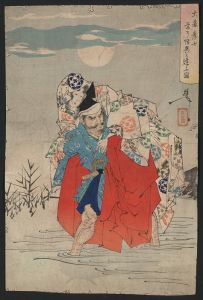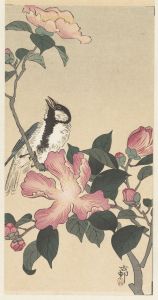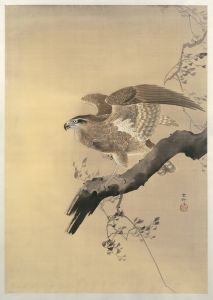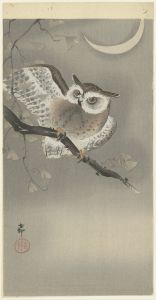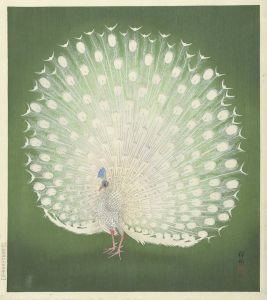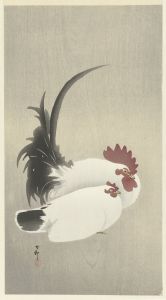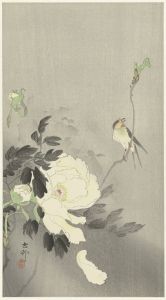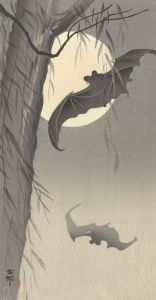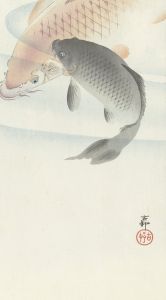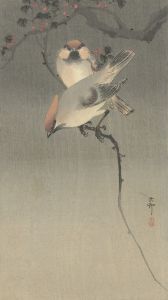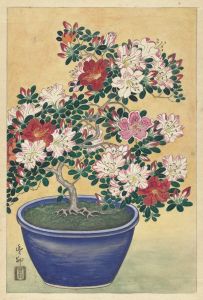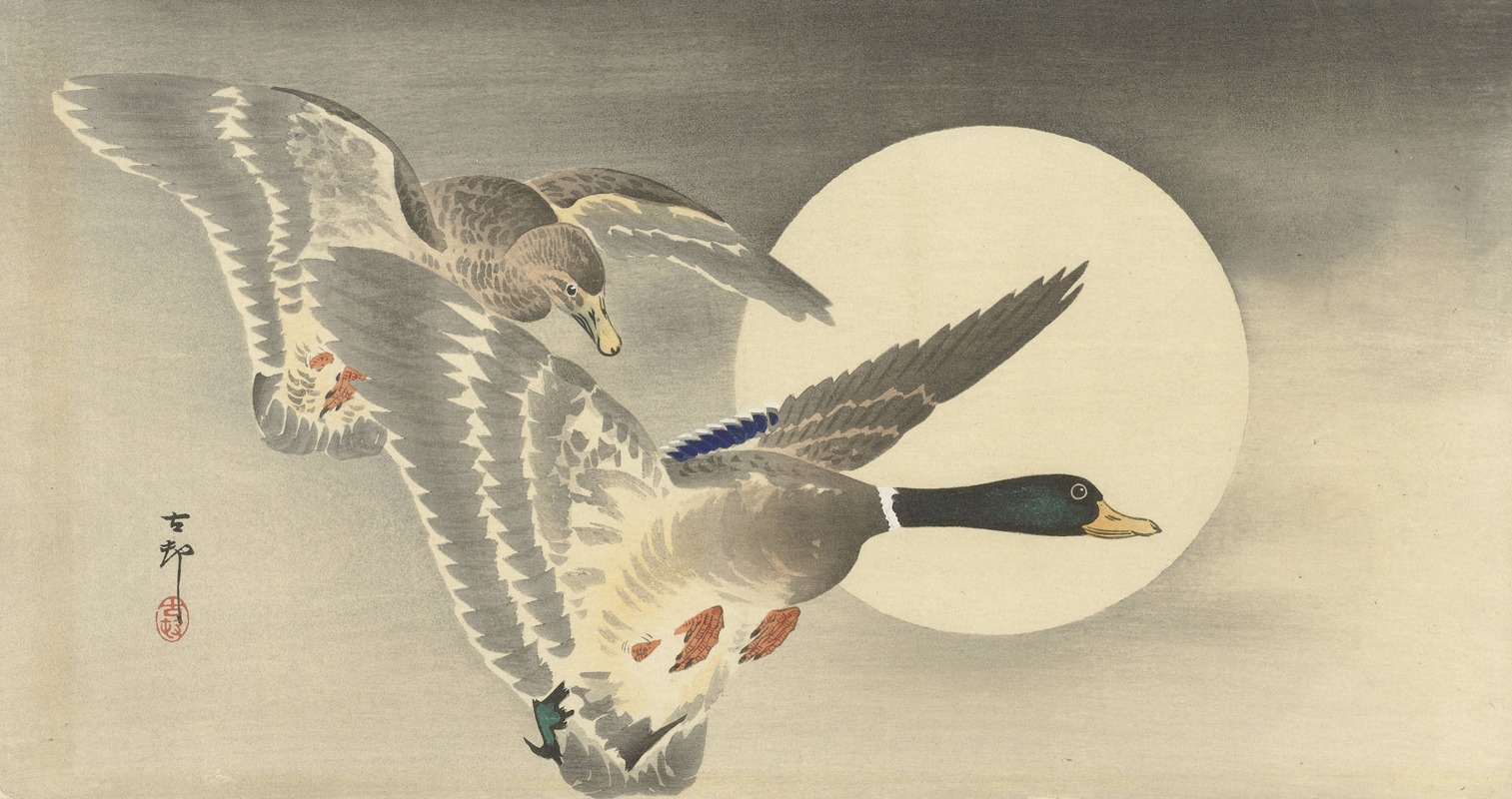
Two ducks at full moon
A hand-painted replica of Ohara Koson’s masterpiece Two ducks at full moon, meticulously crafted by professional artists to capture the true essence of the original. Each piece is created with museum-quality canvas and rare mineral pigments, carefully painted by experienced artists with delicate brushstrokes and rich, layered colors to perfectly recreate the texture of the original artwork. Unlike machine-printed reproductions, this hand-painted version brings the painting to life, infused with the artist’s emotions and skill in every stroke. Whether for personal collection or home decoration, it instantly elevates the artistic atmosphere of any space.
Ohara Koson (1877–1945) was a prominent Japanese artist known for his work in the shin-hanga movement, which revitalized traditional ukiyo-e art with a focus on natural subjects and Western influences. Koson is particularly celebrated for his kachō-ga, or bird-and-flower prints, which capture the delicate beauty of nature with remarkable detail and subtlety. Among his notable works is the print "Two Ducks at Full Moon," which exemplifies his mastery in depicting wildlife and his skillful use of color and composition.
"Two Ducks at Full Moon" is a woodblock print that showcases Koson's ability to convey a serene and atmospheric scene. The artwork features two ducks, likely mallards, gracefully positioned in a tranquil setting under the glow of a full moon. The moonlight casts a gentle reflection on the water, creating a harmonious balance between the ducks and their environment. Koson's use of muted colors and soft gradients enhances the peaceful mood of the scene, drawing the viewer into a moment of quiet contemplation.
Koson's work is characterized by its attention to detail and the careful rendering of textures, which is evident in the depiction of the ducks' feathers and the subtle ripples in the water. The composition is both simple and elegant, with the circular form of the moon providing a focal point that anchors the scene. The print reflects Koson's ability to blend traditional Japanese aesthetics with influences from Western art, a hallmark of the shin-hanga movement.
The shin-hanga movement, active from the early 20th century until the mid-1950s, sought to rejuvenate the declining ukiyo-e tradition by incorporating Western techniques such as perspective and shading, while maintaining the traditional collaborative process between artists, carvers, printers, and publishers. Koson's work was particularly popular in the West, where collectors appreciated the fusion of Eastern and Western artistic elements.
Koson's prints, including "Two Ducks at Full Moon," were often published by Watanabe Shozaburo, a key figure in the shin-hanga movement who played a significant role in promoting Japanese prints internationally. Watanabe's efforts helped introduce Koson's work to a global audience, contributing to the artist's enduring legacy.
Today, Ohara Koson's prints are highly sought after by collectors and are featured in numerous museum collections worldwide. His ability to capture the essence of nature with elegance and precision continues to resonate with audiences, reflecting the timeless appeal of his art. "Two Ducks at Full Moon" remains a testament to Koson's skill and his contribution to the art of woodblock printing, embodying the serene beauty and intricate craftsmanship that define his oeuvre.






